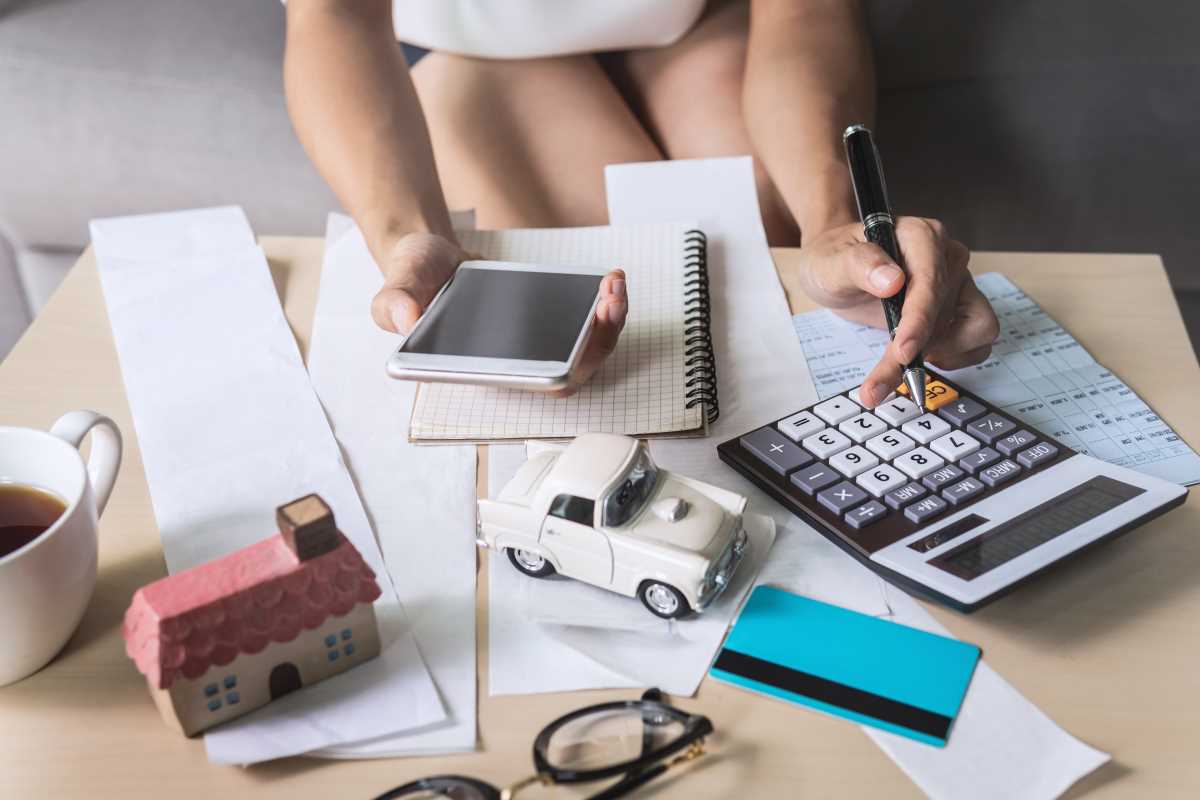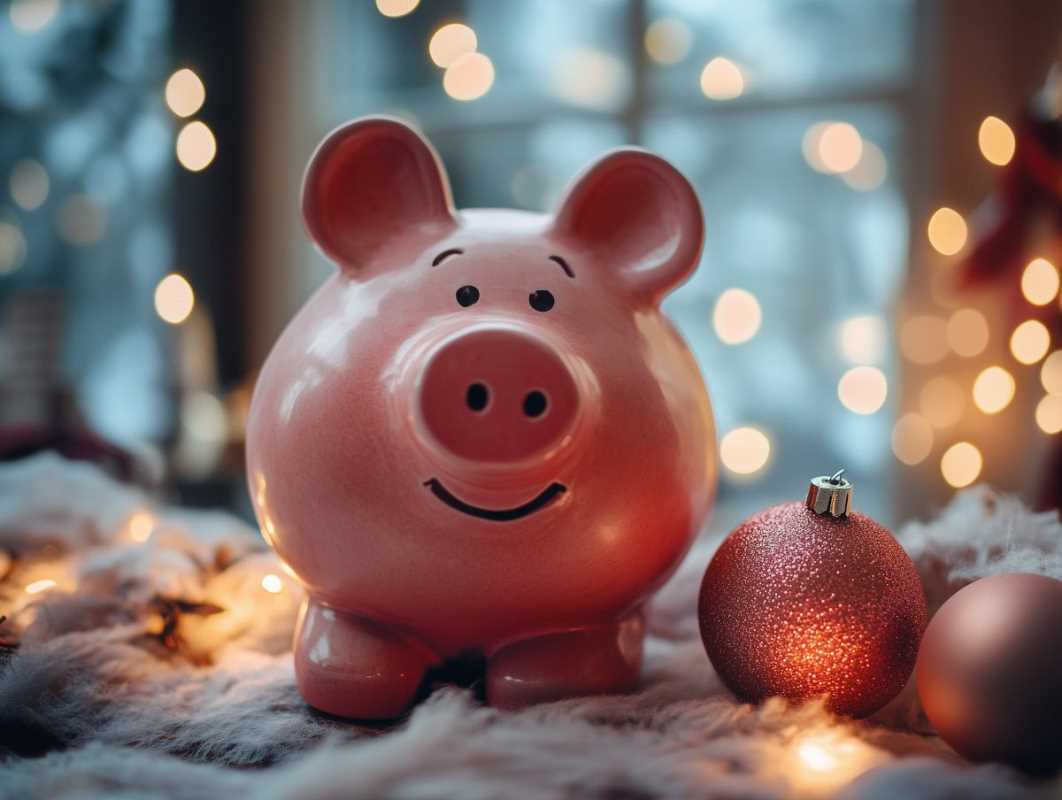Life is full of unexpected surprises. Some are wonderful, like an unplanned visit from an old friend, while others—like a sudden car repair or medical bill—can be financially stressful. This is why having an emergency fund isn’t just a smart financial strategy; it’s a lifeline that keeps you grounded when life throws you a curveball.
An emergency fund is not about preparing for every hypothetical situation. Instead, it’s about creating a solid foundation that enables you to tackle unforeseen expenses without falling into debt. Building one may sound daunting at first, but with a clear plan and a few strategic steps, it’s completely achievable.
Here’s a breakdown of five practical steps to help you set up a foolproof emergency fund, even if you’re starting from scratch.
Step 1: Set Your Savings Goal
The first step in creating an emergency fund is figuring out how much you need to save. A general rule of thumb is to aim for three to six months’ worth of essential living expenses. This means enough money to cover necessities like rent or mortgage, utilities, groceries, and transportation.
If that sounds overwhelming right now, don’t worry! You don’t need to save it all at once. Start by setting a smaller, more achievable goal—say $500 or $1,000—and build from there. Even having a few hundred dollars saved can make a huge difference when an unexpected expense pops up.
Quick Tip: Break your big goal into smaller milestones. For example, if you aim to save $3,000, focus on saving the first $500, then the next $500, and so on. Each milestone builds momentum and motivation.
Step 2: Review and Adjust Your Budget
To save money, you first need to know where your money is going. Reviewing your budget (or creating one if you haven’t yet) is a key step in funding your emergency savings.
Start by listing all your monthly income and expenses. Divide them into categories, such as rent, groceries, entertainment, and debt payments. Look at areas where you might be overspending or where you could cut back temporarily.
Here are a few ideas to free up extra cash:
- Limit takeout or dining out and cook at home more often.
- Cancel unnecessary subscriptions or memberships.
- Shop smarter by using coupons or buying generic brands for household items.
The money you save by making these small changes can be redirected to your emergency fund. Don’t feel like you have to completely sacrifice your quality of life—balance is key—but every little bit helps.
Step 3: Automate Your Savings
Saving money is often easier said than done, especially when life gets busy. That’s where automation comes in. Setting up automatic transfers to your emergency fund ensures you save consistently without having to think about it.
Most banks or financial apps allow you to schedule recurring transfers from your primary account to a separate savings account. Even small amounts like $10 or $20 per week can add up quickly over time.
Why automation works:
Automating your savings makes it a priority, not an afterthought. By treating your emergency fund like a non-negotiable expense—akin to paying a bill—you’re less likely to spend the money elsewhere.
Quick Tip: Schedule transfers for payday. That way, you’ll never have a chance to spend the money before it’s saved.
Step 4: Choose the Right Place to Store Your Fund
Your emergency fund needs to be safe, accessible, and separate from your everyday spending money. Keeping it in a cash envelope in your kitchen drawer or mixed in with your regular checking account isn’t ideal—both setups make it too tempting to dip into for non-emergencies.
Here are some of the best options for storing your emergency fund:
- High-Yield Savings Account: These accounts offer better interest rates than traditional savings accounts, so your money can grow (albeit slowly) while remaining easily accessible.
- Money Market Account: Similar to a savings account but often with slightly higher interest rates, these accounts can be a good choice as long as you don’t exceed withdrawal limits.
- Certificates of Deposit (CDs): If you already have a partial fund and want to grow it further, you can invest a portion in a short-term CD. Just keep in mind that these aren’t ideal for emergencies where you need immediate access.
What to avoid: Don’t invest your emergency fund in stocks or mutual funds. While these might offer higher returns, they come with the risk of losing money. Your emergency fund’s purpose is stability, not growth.
Step 5: Protect and Grow Your Fund
Once you’ve established your emergency fund, the work doesn’t stop there. It's important to maintain and protect it over time. With ongoing contributions and careful management, you’ll ensure the fund is always ready when you need it.
Refill After Use
If you need to dip into your emergency fund, make it a priority to replenish it as soon as possible. Treat it like a loan to yourself—once the crisis has passed, redirect your focus toward bringing the balance back to its original goal.
Keep it for True Emergencies
It can be tempting to use your emergency fund for situations that aren’t true emergencies, like upgrading your phone or splurging on an unexpected sale. Avoid the temptation by clearly defining what counts as an emergency. Examples include:
- Unexpected medical expenses
- Home or vehicle repairs
- Job loss or reduced income
Stick to these criteria to make sure your fund serves its intended purpose.
Review and Adjust as Necessary
Life evolves, and so does your financial situation. Revisit your emergency fund periodically (e.g., yearly) to ensure it aligns with your current needs. For instance, if your expenses increase or you add a family member to your household, you may need to adjust your savings goal.
Remember, You’re Building Peace of Mind
An emergency fund isn’t just money sitting in an account—it’s peace of mind. It’s the ability to face life’s surprises with confidence, knowing you have a cushion to fall back on.
Creating a foolproof emergency fund is a process, not an overnight achievement. But every step you take brings you closer to financial security. Start small, stay consistent, and celebrate each milestone.
 (Image source: Midjourney)
(Image source: Midjourney) 
.jpg)




